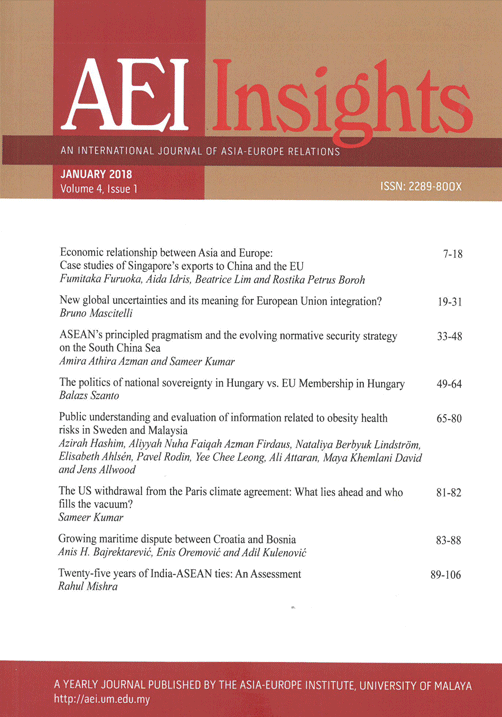Growing maritime dispute between Croatia and Bosnia
Abstract
Since Hugo Grotius’s famous Mare Liberum of 1609 the accessibility of the international
waters (free naval regime) has been the international custom observed by all (civilized) nations.
Ever since, the so-called Freedom of the Seas Doctrine has gradually elaborated on the notion
of territorial waters, continental shelf, economic zones and its demarcation distances. As the
technological breakthroughs made economic exploitation possible and military offences
probable, the international community repeatedly tried to codify the customary rules into the
text of the comprehensive universal legally binding instrument. Not before after WWII, which
was extensively fought on the seas by nearly all major belligerent parties, the critical
momentum has been built. The first two negotiation rounds have been conducted in 1950s
leading to the successful closure of the UNCLOS I (1956) and UNCLOS II (1958, 1960). With
over 160 participatory states and after nine consecutive years of heavy negotiations, the
UNCLOS III was closed in 1982 (entering into force by 1994).



